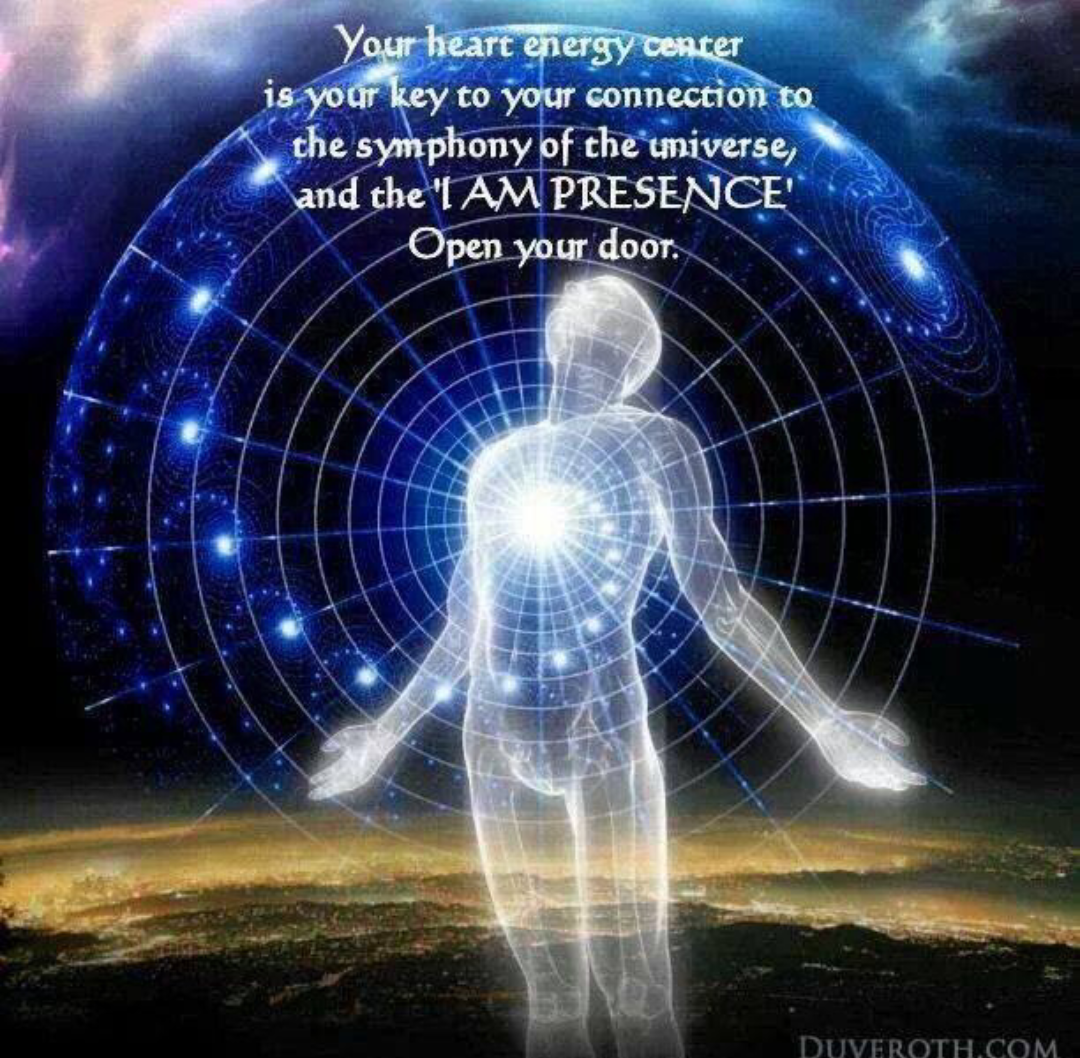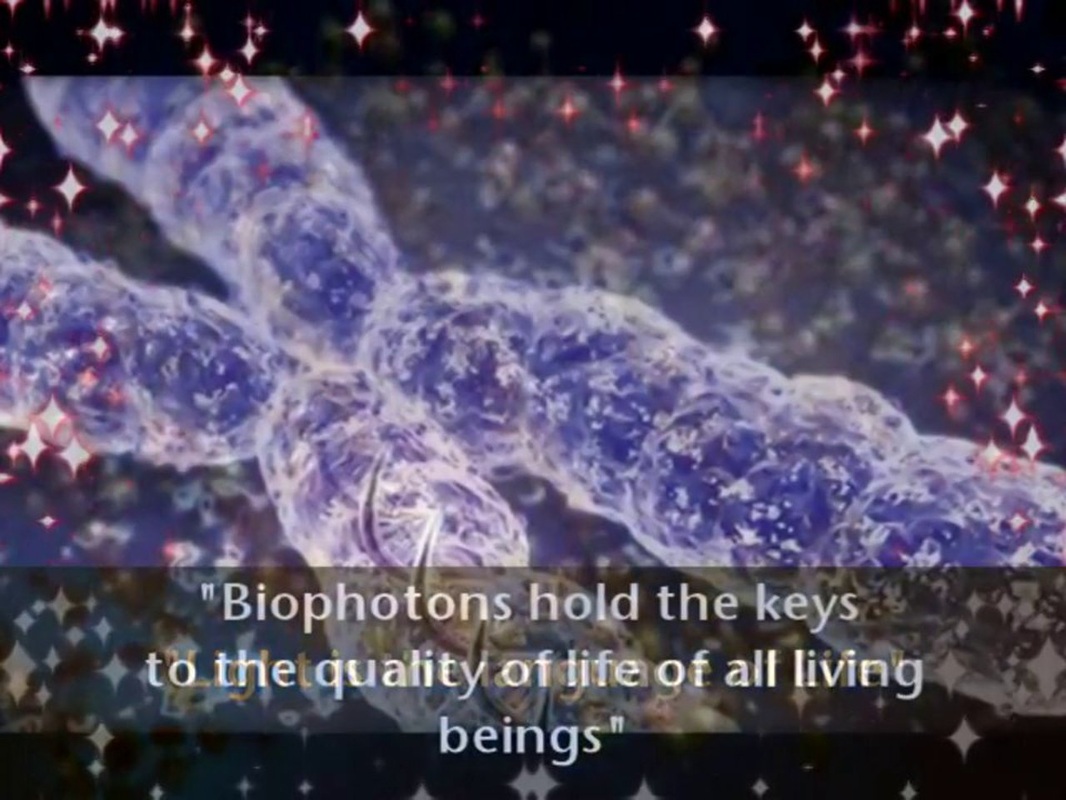How Bio-Photon Works
Biophotons were discovered in 1922, when the Russian embryologist and histologist Alexander G.Gurwitsch (1874-1954) performed an experiment with onion roots.
He found that some influence from the dividing cells at the tip of one root stimulated the division of cells in the other root.
When he observed that this influence passed through quartz glass, while it was blocked by ordinary glass, he concluded it must be a mitogenetic radiation” in the UV range. Gurwitsch was convinced that this radiation was an expression of “morphogenetic fields” within the organism that structured and organized the life processes in the cell and the organism.
However, with the technical means available from the 1920’s to the 1940’s, Gurwitsch and his collaborators at the Leningrad Research Institute for Experimental Medicine and at the Academy of Medical Sciences in Moscow were not able to reliably measure mitogenetic radiation. They mainly used “biological detectors” such as the onion root just mentioned, or yeast cultures, to register the radiation.
Only when after World War II photomultipliers became available to biomedical researchers, measurements proved the existence of cell radiation beyond doubt. They were able to detect a hundred times weaker photon streams and could even register single photons.
In the West, this happened first in 1954-55 when the Italian biophysicists L.Colli and U.Facchini and their collaborators at the University of Milan verified Gurwitsch’s discoveries with the new technology and showed that sprouts of various plants emit visible light. However, after their two publications they did not continue the investigations. In the 1960’s the first reports by Russian scientists about “ultraweak cell radiation”, as mitogenetic radiation was now called, were published in Western languages.
While Russian scientists had done extensive investigations with photomultipliers since the late 1940’s, systematic Western research in this field only started with the experiments of the Australian physical chemist Terence I.Quickenden in the late 1960 and early 1970’s, and finally with the work of the German biophysicist Fritz Albert Popp from 1974 onwards.
MORE: Here

Although new to the United States, Biophoton Light Therapy has been used around the world for the past 30 years. It has a success rate of more than 8O% and has greatly benefitted people of all ages.
What Are Biophotons?
Every living cell emits light in the form of biophotons. This is a function of being alive. Each cell emits more than 100,000 biophotons (or light impulses) per second and is steered by electromagnetic signals. Every (bio) chemical reaction is preceded by an electromagnetic frequency. This means that without such a frequency, chemical reactions cannot occur. Every bacterium, virus, organ, heavy metals, etc have it’s own frequency that can be neutralized, thus restoring the healthy steering signals that govern the biochemical process.
How Does Biophoton Light Therapy Work?
Biophoton Light Therapy is aimed at tracking down and balancing disturbances in the body, thus enabling the body to carry out the healing process itself. The objective is to address the causes of a disorder rather than the symptoms.
How Does Biophoton Light Therapy Uncover Potential Disturbances?
Scientists have proven that every cell in our body has its own light emission and frequency.
Is the Therapy Invasive or Painful?
No! You simply sit in front of a device that emits many frequencies to heal your cells.
What Purpose Do Biophotons Serve in the Cells?
Biophotons appear to control all biochemical functions, also known as the “steering system” which governs the life of each cell. When the biophoton light is coherent, or harmonious, it reflects health in the organism. When the light is chaotic, or disturbed, it reflects disease in the organism.
What Kinds of Things Can Cause Disturbances in Biophotons?
Environmental toxins, electromagnetic frequencies, physical and emotional stress, traumas, food poisonings, heavy metals and many other factors can create these disturbances.
Which Conditions Have Proven to Significantly Benefit From Biophoton Light Therapy?
Dyslexia, migraines, allergies, asthma, arthiritis, ADD/ADHD, digestive issues, Lyme disease, hormal imbalances, MS, blood pressure, cardiovascular issues, Crohn’s Disease, herpes, anxiety, depression, prostate issues, and many more.
How Should I Care for Myself After Biophoton Light Therapy Treatment?
Drink plenty of water and rest. Do not do any intensive physical labor or exercises. Your body needs time to process the information it was given.
DISCLAIMER
This information has not been evaluated by the Food and Drug Administration. Biophoton Light Therapy is not intended to diagnose, treat, cure or prevent disease. These sessions should not be used as a substitute for advice from your physician.
NOTE: Every chemical bond produces a vibrational frequency. When the function is normal, the bioenergetics frequencies will be “in tune” Like an orchestra, every cell in your body resonates a complex symphony of frequencies. When a cell becomes weak or unhealthy, it begins to play “out of tune”.
Based on experiments and experience, it appears that bio-logical cells can be tuned, much like an instrument.

